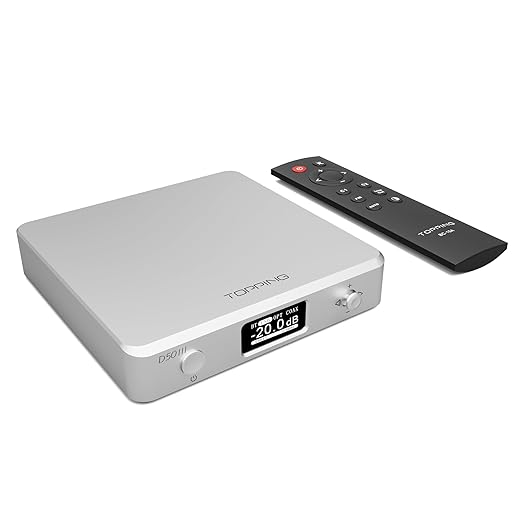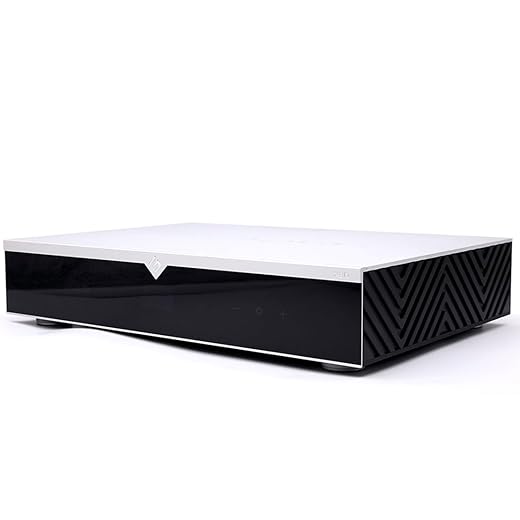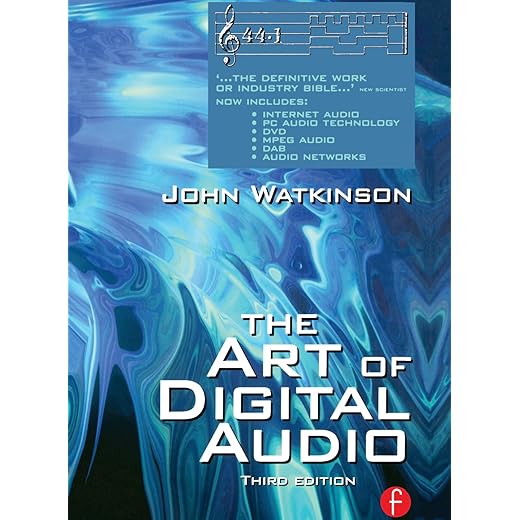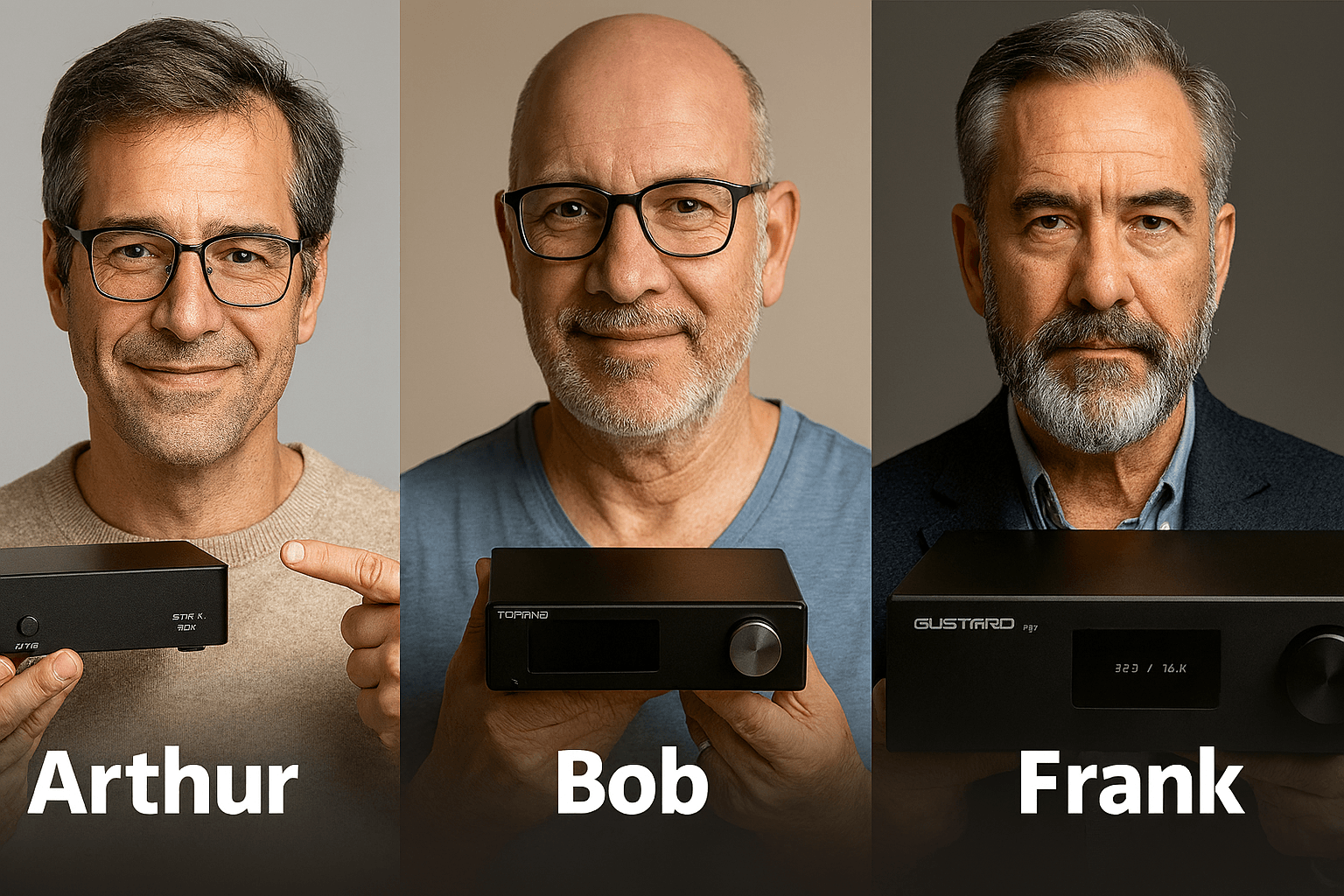In the world of digital audio, the DAC chip often gets all the attention. Audiophiles debate ESS vs AKM, R-2R vs Delta-Sigma, and whether discrete output stages are worth the hype. But beneath the surface of these spec-sheet skirmishes lies a quieter truth: the internal clock of a DAC is the unsung hero of sonic realism. It governs timing, suppresses jitter, and ultimately shapes how instruments breathe, interact, and occupy space.
To explore this, let’s follow three friends—Arthur, Bob, and Frank—each with a different DAC, each chasing clarity in their own way. Their setups span entry-level, mid-range, and high-end territory, but what unites them is a shared pursuit: better instrument separation and placement, driven not by chipsets alone, but by the quality of their DAC’s clock.
🧭 Why Clocking Matters More Than You Think
Every DAC converts digital samples into analog waveforms. But those samples must arrive at precise intervals. Even tiny deviations—known as jitter—can blur transients, smear stereo imaging, and collapse the soundstage.
- Instrument separation relies on micro-timing: the attack of a snare, the breath before a saxophone note.
- Instrument placement depends on phase coherence and transient precision—both of which degrade with jitter.
A DAC’s internal clock governs this timing. And while sample rate (e.g., 192kHz vs 44.1kHz) sets the resolution ceiling, it’s the clock stability that determines whether those samples are rendered with clarity or confusion.
👤 Arthur: The Entry-Level Explorer with the SMSL SU-1
Arthur’s setup is modest but intentional. He’s just getting into high-fidelity listening and wants a clean, honest DAC that doesn’t break the bank. His signal chain:
- Source: MacBook Air running Amazon Music HD
- DAC: SMSL SU-1
- Amp: Schiit Magni Heretic
- Headphones: Sennheiser HD560S
Clock Architecture:
The SU-1 uses a basic crystal oscillator paired with an asynchronous USB interface. While it lacks exotic clock modules, its implementation is clean and efficient. The USB input is isolated from the noisy host computer, reducing jitter at the source.
What Arthur Hears:
He’s surprised by how much detail he can extract from well-recorded tracks. On Rahsaan Roland Kirk’s High Heel Sneakers, the breathy textures and brass timbre come through with clarity. The stereo spread is stable, though not holographic. Complex mixes can feel slightly congested, but acoustic recordings retain enough nuance to engage.
Editorial Take:
The SU-1 is a reminder that clock integrity doesn’t have to be expensive. For listeners stepping into the world of high-resolution playback, it offers a budget-conscious introduction to extended precision.
👤 Bob: The Mid-Range Tinkerer with the Topping D50s
Bob is a tinkerer. He’s upgraded his gear over time, chasing tighter imaging and cleaner transients. His signal chain:
- Source: Windows PC with Foobar2000 and WASAPI output
- DAC: Topping D50s
- Amp: JDS Labs Atom Amp+
- Headphones: Hifiman Sundara
Clock Architecture:
The D50s features dual independent clocks—one for 44.1kHz multiples, one for 48kHz. This avoids resampling artifacts and ensures each sample rate family is handled with optimal timing. The asynchronous USB input is paired with PLL-based jitter suppression.
What Bob Hears:
On Kamasi Washington’s Truth, the layering of horns, strings, and percussion feels more “carved out.” Instruments snap into place. Cymbal decay is crisp, and vocal harmonies are easier to distinguish. The breath before a saxophone note? It’s there, and it’s alive.
Editorial Take:
The D50s is a precision tool. Its clock domain handling ensures that transients arrive with intent, not approximation. For mid-tier rigs, it’s a sweet spot between affordability and finesse.
👤 Frank: The High-End Curator with the Gustard X30
Frank is a curator. His listening room is treated, his gear is chosen with restraint, and his playlists are built for immersion. His signal chain:
- Source: Roon Core via USB
- DAC: Gustard X30
- Amp: Burson Soloist 3X Performance
- Headphones: ZMF Verité Closed
Clock Architecture:
The X30 is built around a femto-level oscillator—a clock with ultra-low phase noise and timing deviation. It reclocks all incoming signals internally, and isolates digital domains with galvanic separation. Its linear power supply ensures ripple-free operation, further reducing jitter.
What Frank Hears:
On The Case of the 3 Sided Dream in Audio Color, the soundstage becomes a canvas. Instruments breathe, interact, and feel emotionally distinct. The placement of each horn, each piano note, each vocal inflection is not just accurate—it’s intentional. Microdynamics are preserved, and decay tails linger with realism.
Editorial Take:
The X30 is where clocking becomes artistry. It’s not just about reducing jitter—it’s about creating a sonic environment where every instrument has space, breath, and meaning.
📊 DAC Comparison Table (Clock-Centric)
| Tier | DAC Model | Clock Architecture | Jitter Reduction Features | Sample Rate Support |
|---|---|---|---|---|
| Entry-Level | SMSL SU-1 | Crystal oscillator | Asynchronous USB, USB isolation | Up to 32-bit/768kHz |
| Mid-Range | Topping D50s | Dual independent clocks | Asynchronous USB, dual PLLs | Up to 32-bit/768kHz |
| High-End | Gustard X30 | Femto clock + reclocking | Galvanic isolation, linear PSU | Up to 32-bit/768kHz |
🧠 Clocking vs Chipset: A Misplaced Obsession
It’s tempting to chase DAC chips—ESS vs AKM, discrete vs integrated. But as this comparison shows, clock architecture often has a greater impact on perceived sound quality than the chip itself.
- A mediocre DAC chip with a pristine clock can outperform a flagship chip with poor jitter control.
- Clocking affects when samples are converted—not just how they’re converted.
This is why two DACs with identical chips can sound radically different. It’s not the silicon—it’s the timing.
🎧 Real-World Listening: What You’ll Actually Hear
- Arthur’s SU-1: Breath and texture are present, but layered mixes can feel slightly flat. Still, it’s a revelation at its price.
- Bob’s D50s: Instruments snap into place. You’ll hear the difference in cymbal decay, vocal layering, and stereo width.
- Frank’s X30: The soundstage becomes immersive. Instruments float, interact, and feel emotionally distinct.
Watching this video, you might realize that the business of creating equipment for listening to digitial audio is so different from the actual listening itself. But the equipment is where all the magic (engineering) is taking place to make pleasure possible for listeners.
🪞 Final Thoughts: Choosing Based on Clock Integrity
If you’re building a system for editorial clarity, emotional resonance, or technical precision, clock design should be a top priority. These three DACs offer a clear progression:
- SU-1: A clean, honest rendering with minimal jitter.
- D50s: A precision tool with smart clock domain handling.
- X30: A reference-grade DAC where clocking becomes artistry.
And while price often correlates with performance, it’s the clock architecture—not the feature list—that determines whether your music feels alive or merely accurate.





